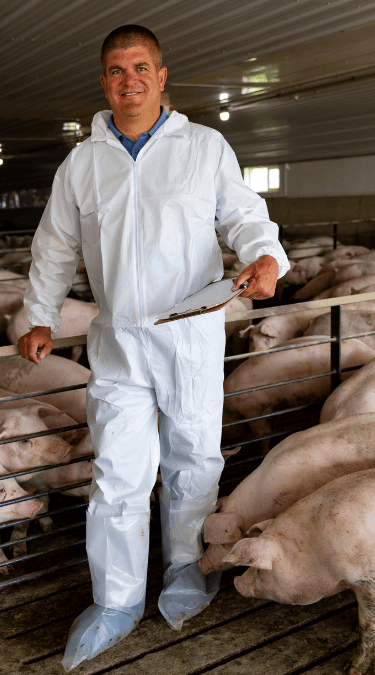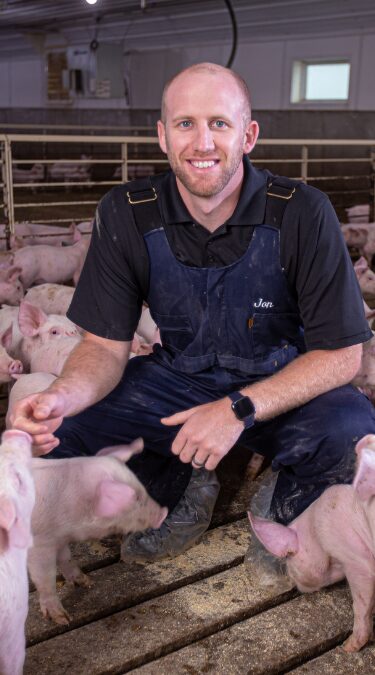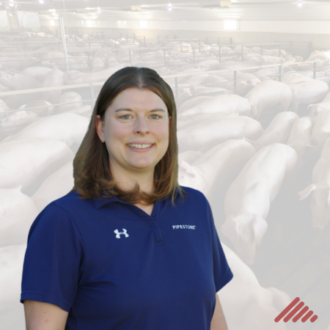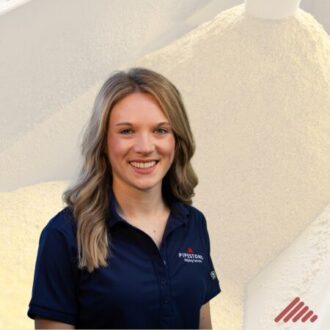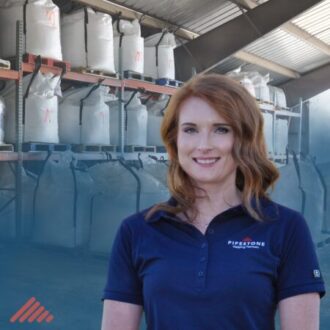Glaesserella parasuis (GPS) is a disease that almost every swine producer has encountered at some point. While it may not be as easily recognized as Streptococcus suis or Escherichia coli, it can lead to similar consequences—sick pigs and increased mortality. Significant progress has been made in controlling the disease, but outbreaks still occur, particularly in the presence of Porcine Reproductive and Respiratory Syndrome (PRRS). As we enter a season with historically higher disease prevalence, recognizing and addressing GPS early can help mitigate losses.
Background on Glaesserella parasuis
Many producers may be more familiar with GPS under a different name. Previously known as Haemophilus parasuis (HPS), the name was updated about five years ago to better classify the bacteria. Another common reference is Glässer’s Disease, named after the scientist who first characterized it in 1910.
Glässer’s Disease is caused by Glaesserella parasuis, a bacterium that resides in the nasal cavity of most pigs. Under normal conditions, it does not cause illness. However, when pigs experience stress—such as weaning, transportation, or temperature swings—their natural immunity declines, allowing the bacteria to replicate rapidly and cause disease outbreaks.
This disease can spread throughout the body creating a septicemia that primarily affects the serosal membranes—the linings of the chest, abdomen, brain cavity, heart sac, and joints—causing severe damage. GPS is present worldwide, and its incidence as a significant disease has increased with the introduction of PRRS. Outbreaks can result in high mortality rates, which can reach up to 15% when compounded by other diseases.
Identifying GPS in Your Herd
GPS typically presents as outbreaks of sudden deaths. Stress can bring out the disease, with common stressors being environmental changes (temperature), or management induced such as moving from the nursery to finisher. Other stressors, such as concurrent disease outbreaks or even routine handling procedures, can also trigger cases.
Common Signs and Symptoms:
- Fever (often above 104°F)
- Loss of appetite and reluctance to move
- Labored breathing, sometimes with nasal discharge
- Coughing or nasal congestion
- Lameness with swollen, painful joints
- Paddling, trembling, or other nervous system signs
- Red to blue discoloration of the skin, especially on the extremities
- Rapid onset of death occurring within 2–5 days
Long-Term Effects on Surviving Pigs:
- Chronic arthritis leading to culling
- Pericarditis (heart failure due to inflammation around the heart)
- Intestinal obstruction from excessive fibrosis in the abdomen
- Increase in number of cull value pigs
How GPS Spreads
GPS spreads primarily through direct pig-to-pig contact and aerosol transmission. Additionally, shared equipment, boots, or clothing can spread the disease between groups. Moving pigs between barns or bringing in new animals without proper quarantine can also introduce GPS into a herd.
Prevention Strategies
Preventing GPS requires a combination of management practices and vaccination. Each swine operation has unique needs, so vaccination programs should be customized in consultation with a veterinarian. Here are key preventative measures:
- Vaccination: Work with your veterinarian to determine the best GPS vaccination strategy for your herd, as different serotypes may require different vaccines.
- Reduce Stressors: Minimize environmental and handling stress by maintaining stable temperatures, reducing overcrowding, and using proper weaning strategies.
- Biosecurity: Limit exposure to other pigs, properly clean and disinfect equipment, and follow strict farm entry protocols.
- Early Detection and Treatment: If GPS is suspected, rapid intervention with antibiotics can improve outcomes. Consult your veterinarian immediately for appropriate treatment options.
By staying vigilant and working closely with a veterinarian, swine producers can effectively manage and prevent GPS, reducing losses and maintaining herd health.
